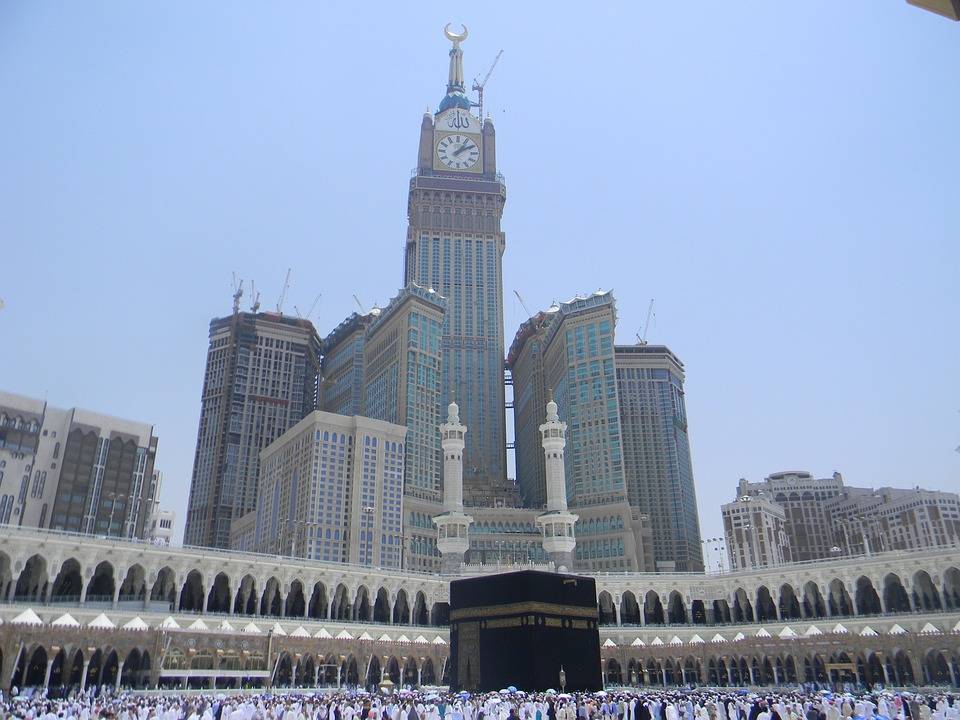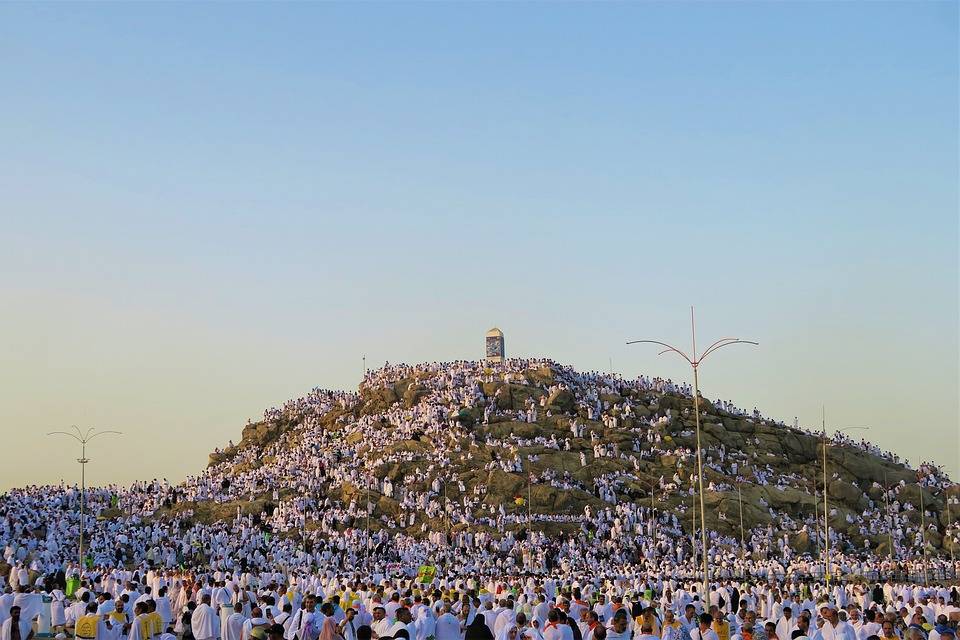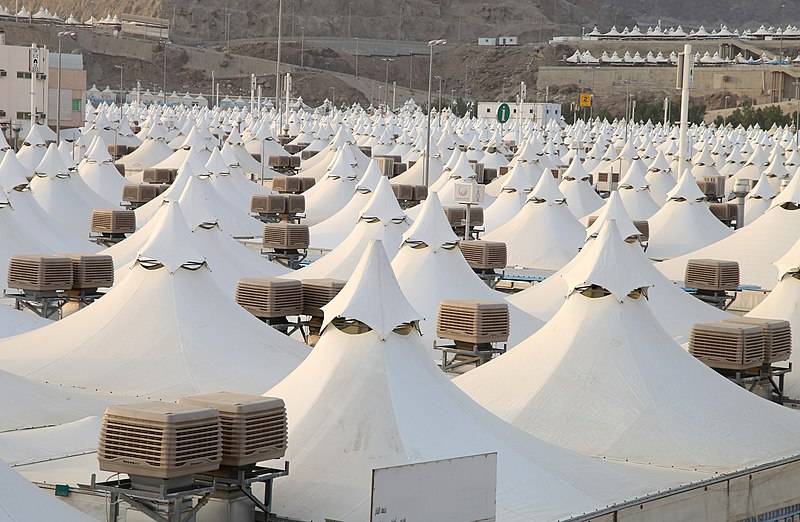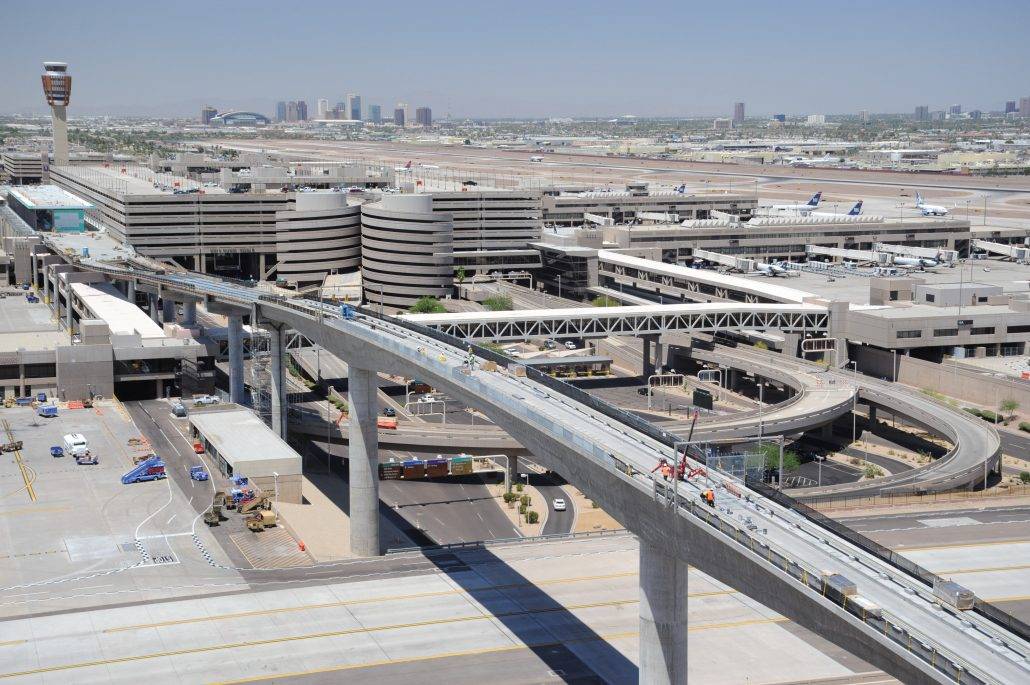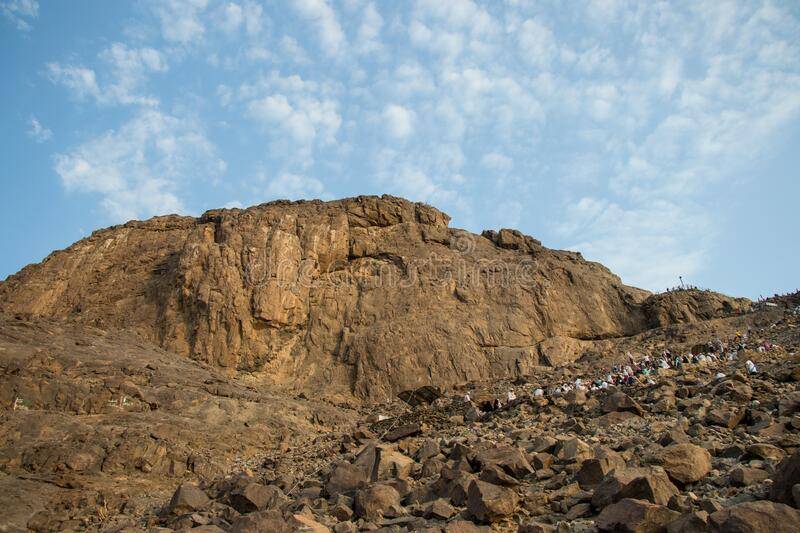Great Mosque of Mecca
The Great Mosque of Mecca, also known as the Holy Mosque or Haram Mosque, is located in the center of Mecca. It is the largest mosque in the world and the eighth largest building. This mosque is famous for surrounding the most important and mysterious holy site in Islam—the Kaaba. It is also a pilgrimage site for Muslims, making it extremely important for every Muslim. It attracts millions of Muslims for visits and religious activities, as well as tourists from around the world. The Great Mosque of Mecca holds significant religious and cultural importance for the Islamic world, Saudi Arabia, and globally.
Mount Arafat
Mount Arafat is located about 20 kilometers southeast of Mecca, Saudi Arabia, and is one of the important holy sites in Islam. In Arabic, it is also known as Jabal Arafat or Jabal ar-Rahmah, meaning 'Mountain of Mercy.' During the annual Hajj season, thousands of Muslims travel to this small mountain to complete one of the most important religious rituals in Islam. According to Islamic tradition, the Prophet Muhammad delivered his last public sermon on this mountain and gained his first follower. This sermon is considered in Islam to be a summary of the Prophet Muhammad's teachings and guidance on Islam. In addition to its religious significance, Mount Arafat is also renowned for its scenic beauty. From the top of the mountain, one can overlook the city of Mecca, the surrounding vast desert, and even see the Red Sea in the distance. During the annual Hajj season, this small mountain becomes the focus of thousands of visitors, whether they are Muslim pilgrims or ordinary tourists, all seeking to explore the history and beauty of this mountain.
Mina Tent City
Mina is a city known for its significant role during the Hajj pilgrimage, located about 8 kilometers east of Mecca, Saudi Arabia. During the Hajj season, the city is crowded with approximately 3 million pilgrims, while it remains empty for the rest of the year.
The valley is filled with tents as far as the eye can see. Mina is renowned as the largest tent city in the world, providing camping grounds for pilgrims. Since the 1990s, to accommodate more pilgrims and ensure they have suitable campsites, the Saudi government has installed permanent tents made of cotton. These tents are divided into different camps, equipped with kitchens, bathrooms, and bathing stations to facilitate the pilgrims.
Jamarat Bridge
The construction of this bridge began in the early 2000s and spans approximately 950 meters. Initially, it had only a ground level and one bridge level. With the increasing number of pilgrims, the bridge has undergone multiple expansions, including the construction of bottlenecks, ramps, and tunnels to facilitate entry and exit. During the Hajj, Muslims use this bridge for the ritual from the 10th day until sunset on the 13th day of the Hajj month (Dhu Al-Hijjah). In this ritual, pilgrims must throw small stones filled with cursing intent (called Jamarah) at three pillars to express their anger at the devil. These three pillars represent Satan's attempts in Islamic mythology to tempt the Prophet Ibrahim and his family to disobey Allah's commands.
Jabal Al Nour
Located about 4 kilometers northeast of the mosque in Mecca, there stands a mountain peak known as 'Jabal Al Nour' (translated as 'Mountain of Light' or 'Mountain of Enlightenment'). This mountain peak holds great significance for Muslims, as it is one of the main attractions that pilgrims visiting for Hajj and Umrah must visit throughout the year. According to Muslim tradition, this mountain peak is the place where the Islamic prophet Muhammad received his first revelation in 610 AD, which is considered the origin of Islam. To seek spirituality and guidance, millions of Muslims challenge their physical strength and endurance each year to climb this mountain. At the summit, they can visit the ancient caves—Hira and Thour—believed to be the retreats where the Islamic prophet Muhammad contemplated during his time on the mountain.


